The convergence of cutting-edge technology and everyday living has ushered in a transformative era: tech-infused living styles. This isn’t merely about owning smart gadgets; it’s about seamlessly integrating intelligent systems into our homes and routines to enhance convenience, efficiency, security, and even well-being. From automated lighting and climate control to personalized entertainment and remote monitoring, technology is redefining what a “home” can be. This comprehensive article delves into the diverse facets of tech-infused living, exploring its historical trajectory, the core technologies driving its evolution, and its profound impact across various aspects of modern life. We’ll uncover how designers, engineers, and homeowners are collaboratively shaping an intelligent aesthetic that is both functional and aesthetically pleasing.
The Evolution of Smart Living
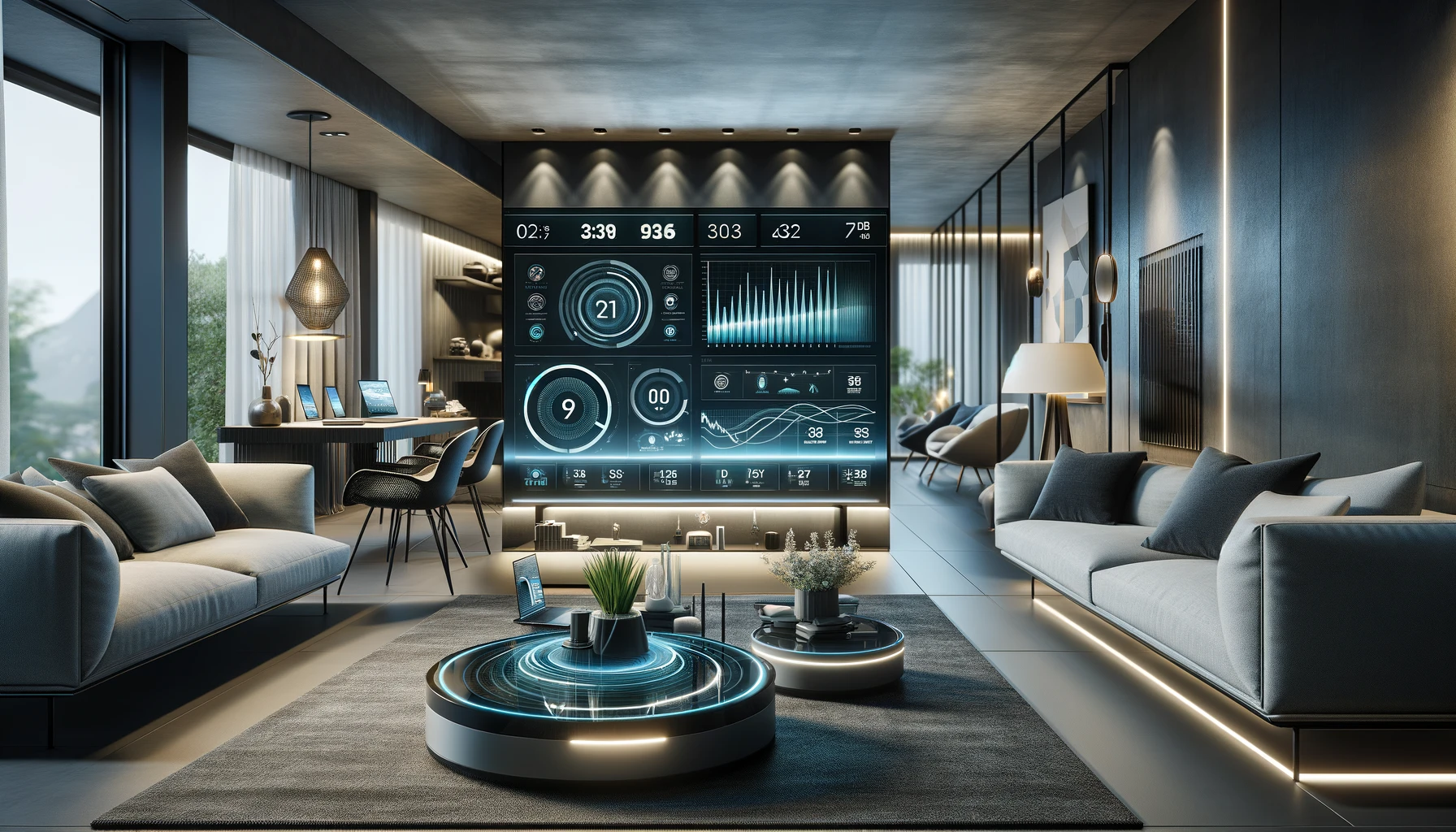
While the term “smart home” feels distinctly modern, the concept of integrating technology for enhanced living has a fascinating history, evolving alongside technological progress.
A. Early Automation and Home Appliances (Early 20th Century): The introduction of electricity brought the first wave of “tech-infused” living, with appliances like washing machines, refrigerators, and vacuum cleaners automating household chores and fundamentally changing domestic life. These were standalone machines, not interconnected.
B. Remote Controls and Programmable Devices (Mid-20th Century): The invention of the television remote control revolutionized passive consumption, offering a glimpse of controlling devices from a distance. Similarly, programmable thermostats introduced the idea of pre-setting environmental conditions.
C. The Rise of Home Automation (1970s-1980s): Early home automation systems, often expensive and complex, emerged for security, lighting, and climate control. These were largely wired systems, requiring professional installation and limited to affluent early adopters. X10, a power line communication protocol, gained some traction here.
D. The Internet’s Influence and Early IoT (1990s-Early 2000s): The internet paved the way for remote access and control. Early attempts at “smart homes” connected some devices via dial-up or early broadband, though true interoperability remained a challenge. Proprietary systems still dominated.
E. Ubiquitous Connectivity and Smartphone Integration (2000s-2010s): The proliferation of Wi-Fi, affordable sensors, and especially smartphones as central control hubs democratized smart home technology. Companies like Apple (HomeKit), Google (Nest), and Amazon (Alexa) entered the market, making systems more accessible and user-friendly.
F. Artificial Intelligence and Machine Learning Integration (2010s-Present): The integration of AI and ML has elevated smart homes from mere automation to true intelligence. Systems can now learn user habits, anticipate needs, and make proactive adjustments without constant user input, creating a more seamless “living style.”
This historical journey highlights a continuous drive towards greater convenience, efficiency, and intelligence in our homes, culminating in the sophisticated tech-infused living styles we see today.
The Core Components of Technologies Powering Smart Homes
The modern tech-infused home is a complex ecosystem powered by a blend of interconnected technologies, each playing a vital role in creating seamless experiences.
I. Connectivity and Networks
Robust and reliable networks are the foundation upon which smart homes are built.
A. Wi-Fi: The most common wireless protocol, Wi-Fi connects many smart devices to the home network and the internet, enabling remote control and data exchange. Innovations include Wi-Fi 6/7 for higher speeds and capacity.
B. Bluetooth: Often used for short-range device pairing, local control, and setting up new devices. Bluetooth Low Energy (BLE) is particularly important for battery-powered sensors.
C. Zigbee and Z-Wave: These are mesh networking protocols specifically designed for smart home devices. They consume less power than Wi-Fi, create a robust network where devices relay signals, and are ideal for sensors, lights, and locks.
D. Thread: A newer, IP-based mesh networking protocol designed for low-power IoT devices, offering strong security and interoperability, gaining traction with major tech companies.
E. Ethernet (Wired): While wireless dominates, wired Ethernet provides unparalleled speed, security, and reliability for bandwidth-intensive devices like smart TVs, gaming consoles, and central smart home hubs.
F. 5G and Beyond: The increasing availability of 5G and future cellular technologies offers faster and more reliable connectivity for homes, especially in areas where wired internet is challenging, or for devices that need to remain connected outside the home network.
The choice and combination of these connectivity options ensure that all smart devices can communicate effectively and reliably, forming a cohesive intelligent environment.
II. Artificial Intelligence (AI) and Machine Learning (ML)
AI and ML are transforming smart homes from automated systems into truly intelligent living spaces that learn and adapt.
A. Behavioral Learning and Prediction: AI algorithms analyze user habits (e.g., preferred temperatures, lighting schedules, music choices) and proactively adjust settings to match those preferences, often before the user even thinks about it.
B. Voice Assistants (NLP): Natural Language Processing (NLP) powers smart speakers and voice assistants (e.g., Alexa, Google Assistant, Siri), allowing users to control devices and access information using natural voice commands, making interaction highly intuitive.
C. Contextual Awareness: ML enables systems to understand context – whether a user is home or away, the time of day, weather conditions – to make more intelligent decisions, such as automatically adjusting blinds based on sunlight.
D. Personalized Experiences: AI customizes entertainment suggestions, news feeds, and even lighting scenes based on individual user profiles and past interactions, creating a highly personalized living environment.
E. Predictive Maintenance: AI-powered sensors in appliances can predict potential failures, alerting users or even scheduling maintenance, optimizing device longevity and efficiency.
F. Advanced Security and Anomaly Detection: AI analyzes patterns from security cameras and sensors to differentiate between normal activity and potential threats, significantly reducing false alarms and enhancing safety.
AI is making the smart home more proactive, intuitive, and seamlessly integrated into daily life, anticipating needs rather than simply responding to commands.
III. Sensors and Actuators
Sensors gather data, and actuators perform actions, forming the fundamental feedback loop of a smart home.
A. Motion Sensors: Detect movement to trigger actions like turning on lights, activating security cameras, or adjusting climate control based on occupancy.
B. Contact Sensors: Monitor the open/closed status of doors, windows, and cabinets, useful for security alerts or automation (e.g., turning off AC if a window is open).
C. Temperature and Humidity Sensors: Provide data for intelligent climate control systems, optimizing comfort and energy efficiency.
D. Light Sensors (Ambient Light): Detect ambient light levels to automate lighting, blinds, or even optimize screen brightness.
E. Environmental Sensors (Air Quality, CO2, Smoke): Monitor indoor air quality, detecting pollutants, carbon monoxide, or smoke, enhancing health and safety.
F. Water Leak Sensors: Detect water leaks in basements, bathrooms, or near appliances, preventing costly damage.
G. Actuators (Switches, Motors, Valves): These are the components that execute commands – smart switches turning lights on/off, motorized blinds opening/closing, smart valves controlling water flow, or smart locks securing doors.
The combination of sophisticated sensors gathering rich data and precise actuators performing actions creates the dynamic, responsive nature of a tech-infused home.
Impact Across Home Functions
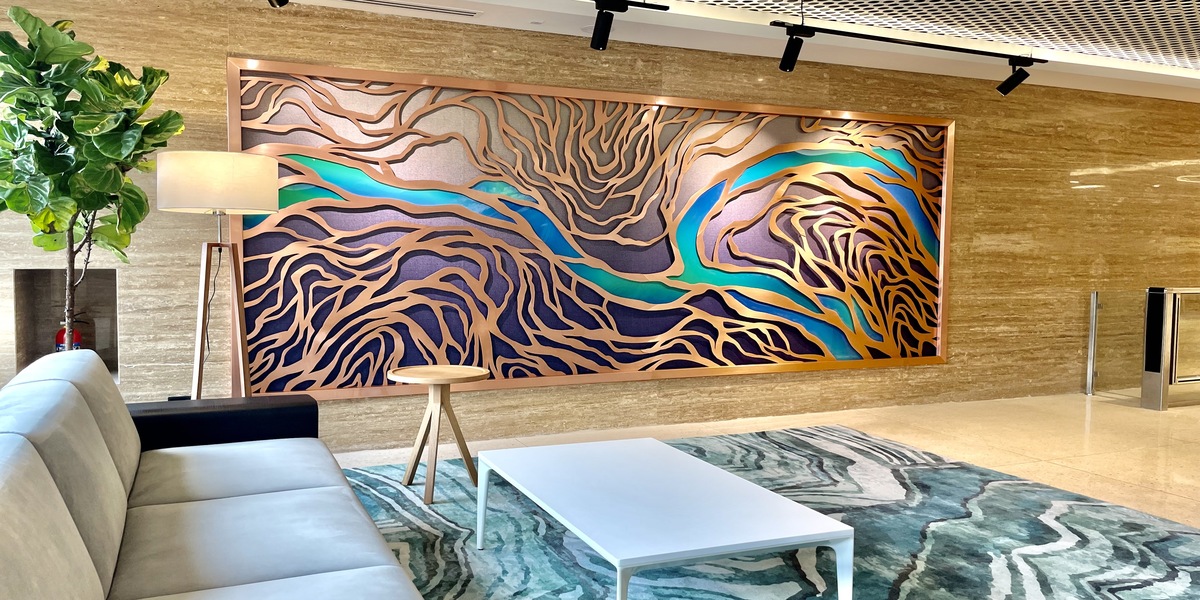
Tech-infused living styles are transforming every aspect of the modern home, offering unprecedented levels of control and convenience.
I. Smart Lighting
Lighting is often the first step into smart home integration, offering both aesthetic and practical benefits.
A. Automated Control: Lights can be scheduled to turn on/off at specific times, triggered by motion, or activated by sunset/sunrise.
B. Personalized Ambiance: Users can adjust color temperature (from warm to cool white), brightness, and even choose from millions of colors to create specific moods or scenes (e.g., “movie night,” “wake up light”).
C. Energy Efficiency: Smart lights, often LED, consume less power. Automation ensures lights are only on when needed, and some systems dim lights based on natural light levels.
D. Integration with Voice Assistants: Seamless control via voice commands (e.g., “Alexa, turn on kitchen lights,” “Hey Google, dim the living room”).
E. Geofencing: Lights can automatically turn on when you arrive home and off when you leave, based on your smartphone’s location.
Smart lighting moves beyond simple illumination to create dynamic, responsive, and energy-conscious environments.
II. Climate Control
Smart thermostats and climate systems are central to comfort and energy conservation.
A. Remote Control and Scheduling: Adjust temperature and humidity from anywhere via a smartphone app, or set complex schedules that adapt to daily routines.
B. Learning Algorithms: AI-powered thermostats learn user preferences and build optimized schedules automatically, without manual input.
C. Occupancy Sensing: Systems detect when rooms are occupied and adjust heating or cooling accordingly, preventing energy waste in empty spaces.
D. Zone Control: Individual rooms or zones can be independently controlled, ensuring comfort where needed without over-conditioning the entire house.
E. Weather Integration: Systems can automatically adjust settings based on external weather forecasts, pre-cooling or pre-heating as needed.
F. Energy Reporting: Smart thermostats provide detailed energy usage reports, helping users understand and optimize their consumption.
Intelligent climate control balances ultimate comfort with significant energy savings, contributing to both wallet and planet.
III. Home Security
Smart security systems offer a comprehensive, integrated approach to protecting the home.
A. Smart Locks: Keyless entry via codes, fingerprints, or smartphone apps. Grant temporary access to guests or service providers remotely.
B. Video Doorbells: See, hear, and speak to visitors from anywhere, even when not home, and receive motion alerts.
C. Security Cameras (Indoor/Outdoor): High-definition cameras with motion detection, night vision, and cloud storage provide continuous monitoring and alerts. AI-powered cameras can differentiate between people, animals, and vehicles.
D. Alarm Systems Integration: Connected sensors (door/window, motion, glass break) trigger alarms and send notifications to homeowners or monitoring services.
E. Environmental Sensors: Smoke, CO, and water leak detectors are integrated into the system, sending critical alerts to prevent damage or danger.
F. Professional Monitoring Options: Many systems offer optional 24/7 professional monitoring for immediate emergency response.
Tech-infused security offers peace of mind through constant vigilance, remote control, and intelligent threat detection.
IV. Entertainment and Media
Smart technology elevates the home entertainment experience to new heights.
A. Smart TVs and Streaming Devices: Integrated platforms for accessing vast libraries of content, with voice control, personalized recommendations, and seamless integration with other smart devices.
B. Multi-Room Audio Systems: Stream music wirelessly to different rooms, controlling playback, volume, and playlists from a central app or voice command.
C. Home Theater Integration: Combining smart lighting, motorized blinds, projectors, and audio systems to create cinematic experiences at the touch of a button or voice command.
D. Gaming Integration: Consoles connecting to smart TVs, ambient lighting syncing with game action, and voice control for gaming functions.
E. Content Personalization: AI-driven algorithms learn viewing and listening habits to recommend content tailored to individual preferences.
Smart entertainment creates immersive, personalized, and effortlessly controlled media experiences throughout the home.
V. Kitchen and Appliances
The kitchen is becoming increasingly intelligent, with smart appliances offering new levels of convenience and efficiency.
A. Smart Refrigerators: Features like internal cameras to view contents remotely, touchscreens for recipes and shopping lists, and inventory management.
B. Smart Ovens and Cooktops: Remote preheating, guided cooking, precise temperature control, and integration with recipe apps.
C. Connected Dishwashers and Washing Machines: Remote start, cycle monitoring, and notifications when cycles are complete, even reordering detergent automatically.
D. Smart Coffee Makers: Schedule brewing times, customize strength, and start brewing remotely.
E. Voice-Controlled Appliances: Many smart kitchen gadgets can be controlled via voice commands, allowing for hands-free operation while cooking.
F. Recipe Management and Meal Planning: Integrated systems that help plan meals, create shopping lists, and guide users through recipes.
Smart kitchens streamline culinary tasks, reduce waste, and enhance the cooking and dining experience.
The Aesthetic of Designing Tech-Infused Spaces
Integrating technology seamlessly into living spaces requires a thoughtful design approach that balances functionality with aesthetics.
A. Minimalism and Integration: The current trend favors integrating technology discreetly. Devices are often sleek, unobtrusive, or hidden within furniture and architecture to maintain a clean, minimalist aesthetic.
B. Intuitive Interfaces: The best tech-infused designs feature interfaces that are simple, intuitive, and consistent, whether on a touchscreen panel, a smartphone app, or a voice command. The technology should disappear into the background.
C. Material Harmony: Smart devices are increasingly designed with materials and finishes (e.g., fabric, wood, matte plastics) that blend seamlessly with interior decor rather than standing out as purely utilitarian gadgets.
D. Flexible and Adaptable Spaces: Tech-infused homes are designed to be flexible, adapting to changing needs and preferences through reconfigurable layouts and multi-functional smart devices.
E. Smart Furniture: Furniture with integrated charging pads, hidden speakers, or even automated recline features exemplifies the blending of form and function.
F. Lighting as Design Element: Smart lighting, with its ability to change color and intensity, becomes a powerful aesthetic tool, shaping moods and highlighting architectural features.
G. Personalization as Aesthetic: The ability to customize environmental settings, media content, and lighting scenes based on individual preferences creates a dynamic and personalized aesthetic that evolves with the occupant.
The aesthetic of tech-infused living is about subtle intelligence, where technology enhances the living experience without overtly dominating the visual landscape.
Challenges and The Future of Smart Living
Despite its advancements, tech-infused living faces challenges and is poised for even greater evolution.
A. Interoperability and Ecosystem Fragmentation: Different brands and protocols often struggle to communicate seamlessly, leading to fragmented smart home ecosystems. Industry standards (e.g., Matter protocol) aim to address this.
B. Privacy and Security Concerns: The vast amount of data collected by smart devices raises significant privacy concerns. Robust security measures are paramount to prevent hacking and data breaches.
C. Complexity and Setup: While improving, setting up and maintaining a comprehensive smart home system can still be daunting for the average user, requiring technical literacy.
D. Cost and Affordability: While basic smart devices are accessible, a fully integrated tech-infused home can still be a significant investment.
E. Dependence on Connectivity: Smart homes rely heavily on stable internet and power. Outages can render many smart features inoperable.
F. User Adoption and Learning Curve: Not everyone is comfortable with or desires advanced automation, highlighting the need for intuitive design and clear communication of benefits.
The future of tech-infused living is bright, promising even more seamless and intelligent integrations.
G. Ambient Computing: Technology will become increasingly invisible, embedded in the environment, responding proactively to needs without explicit commands. The home will intuitively adapt to its occupants.
H. Predictive and Proactive Systems: AI will evolve to predict needs with greater accuracy, anticipating user desires before they are even conscious of them, leading to truly effortless living.
I. Greater Interoperability: Industry standards will mature, allowing devices from different manufacturers to work together flawlessly, simplifying setup and management.
J. Energy Autonomy and Sustainability: Smart homes will become increasingly self-sufficient in terms of energy, generating, storing, and efficiently managing their own power, further reducing environmental impact.
Conclusion
Tech-infused living is not just a trend; it’s the inevitable evolution of our relationship with our environments. As technology becomes more intelligent, intuitive, and seamlessly integrated, our homes will transform from mere shelters into responsive, adaptive, and truly intelligent living partners, enriching every aspect of our daily lives.

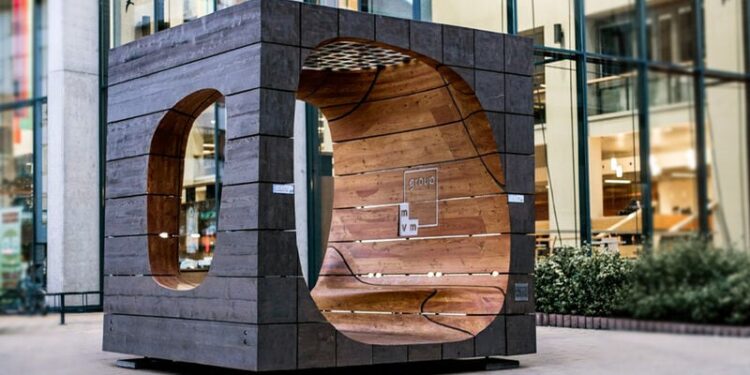
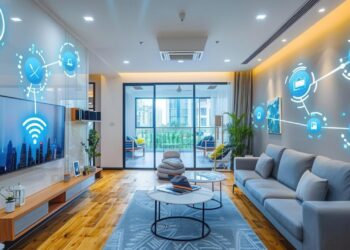

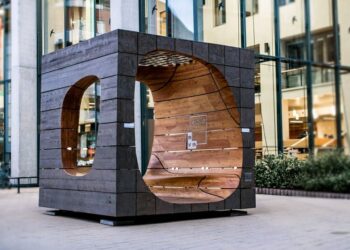

Discussion about this post